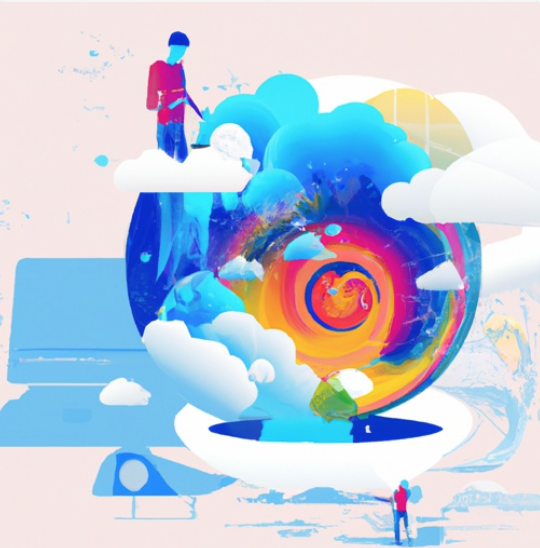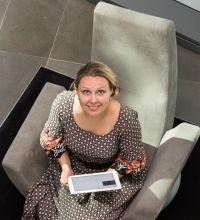The Idea
There are many seminars, lectures, talks, reading groups, journal clubs, and visits by prominent people that would likely be of interest to many people within he Australian National University (ANU) and beyond—but there is no single platform or clearing house to capture all these opportunities and re-broadcast them. This envisioned web platform—a Bot if you like—would be underpinned by advanced web technologies (e.g., web crawlers, search engines, social media analytics, and web development) and machine intelligence (e.g., human language technologies and generative AI models for information retrieval, information extraction, and multimodal content creation).

The Project Client and Supervisors
The John Eccles institute (JEI) is a new Institute within the ANU College of Health and Medicine, created to harness transdisciplinary opportunities and engagement across the broadest conception of neuroscience—the study of the brain and mind—for research, education and public engagement across the widest possible resources within the ANU and beyond.
During the project, you will have a dream opportunity to be supervised by a transdisciplinary panel of excellent and committed leaders in research, education, service, and leadership. The project will be co-supervised by
- Professor John Watson (Director of JEI), renowned neuroscientist and a clinical and academic leader,
- Professor Hanna Suominen (Associate Director of JEI, Neuroinformatics), a computer scientist with 20 years’ of experience at forefront of bringing machine/deep learning algorithms, document analysis methods, and personalised medicine technologies to bear, and
- Dr Shaam Al Abed (Senior Postdoctoral Fellow, JEI), a rising star in neuroscience and brain research.
The First Phase—6-month Timeline
We believe it should be possible to develop a platform and appropriate application(s) that would constantly search within the ANU domains, capturing new announcements for lectures, talks, seminars, etc., as above. These would then be concentrated into a single, easily available and easily searched web page. E.g., Jekyll, AWS Elastic Cloud, OpenAI APIs, and ChatGPT plugins may be used for this purpose.
Initially, we would envisage human curation to prioritise and tag what might be of interest to the potential audience. As the platform becomes widely available, we would expect people to go there, e.g., as a bookmark in their browsers, and/or subscribe to a mailing list that would retransmit items to them.
Subsequent Development
In subsequent phases after the first 6 months, we would lessen the need for human intervention and curation, e.g., by the use of natural language processing, reinforcement learning, and graph analysis approaches for curating contents according to, e.g., document keyword relations, people’s interests, and their record of previous attendance/engagement, fields of research interests declared, e.g., via orcid.org, to end up with a well-curated, dynamic and useful initiative.
If we succeed in this endeavour for the JEI areas of interest then other ANU organisations, groups, and research centres would have a platform to follow the same approach.
Requirements
To undertake substantial work on this project, students must have a solid background and very good skills in web development, document analysis, machine learning, and human centric computing.
